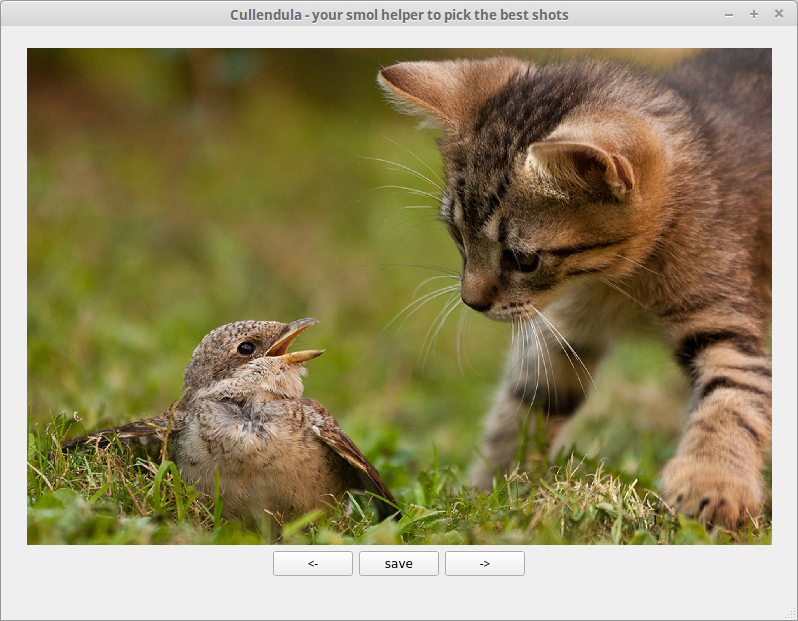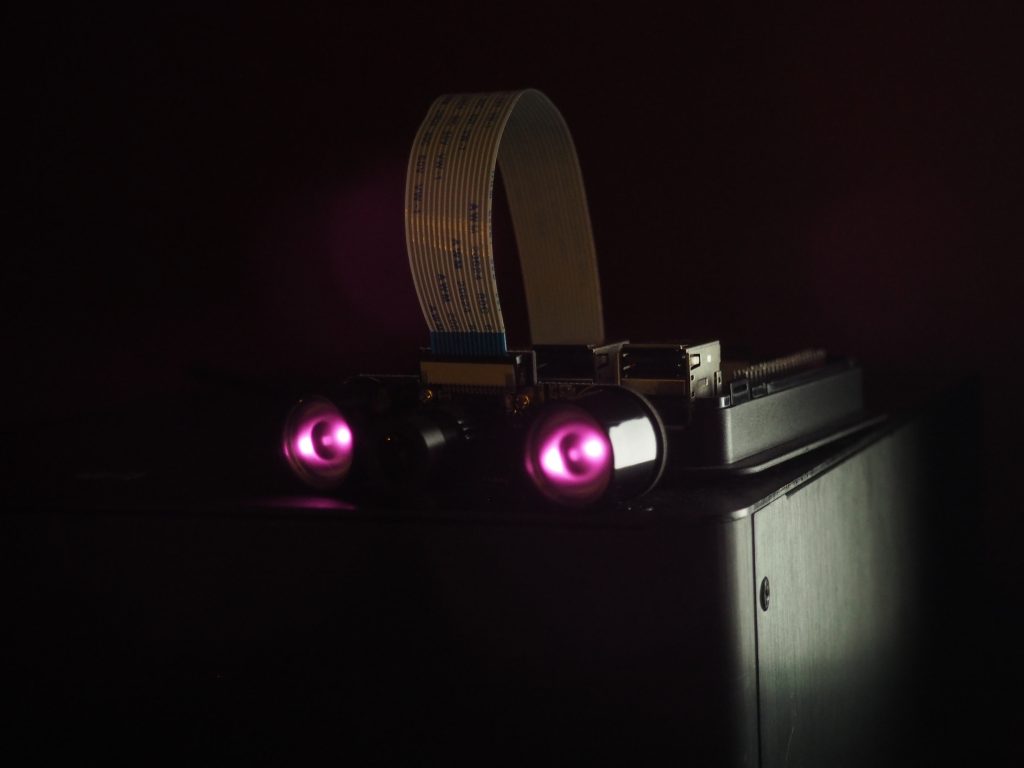photography
digiKam workflow for proper renaming
- Import the directories with the images. Takes usually several minutes for gigabytes of data.
- Press F2 for renaming. Use as scheme:
[date:yyyyMMdd-hhmmss]{unique:3}
Self-explaining and with a unique three digit suffix in case two identical filenames would appear. → “20200216-141529_001.JPG”
robocopy: transfer huge repositories between PCs
Average rates of 24% on 1 GBit-connected PCs with SSD were achieved! 🙂
############################
my favorite parameters:
/NP – no status
/ETA
/E – with subdirs
/MIR – mirros (like /E with /PURGE)
/MT – multithreading
/XD – exclude the subversion-metadata
resulting command
|
1 |
robocopy source target /NP /MIR /MT:8 /XD .svn |
note: multithreading with 32 threads was slower than with just 8: 10 min vs. 7 min for 18 GiByte files of varying size
photo-backup:
|
1 |
robocopy C:\Users\MarcelP\Desktop\digikamResults\20201028_mixedLastYears\2019 Z:\2019 /MIR /MT:8 /E /PURGE |
Cullendula
Small program to pick out the best shots of the vast amount of taken pictures per session (excursion). The name itself is a wordplay of the plant Calendula and the activity “to cull” (slang for sorting the photos).
url for the repository: https://github.com/marcelpetrick/Cullendula/
development time for fully usable version 0.1: one day
used technologies: C++ and Qt – my favorite ones <3
Catcam upgraded!
Finally! The old catcam-setup of a RPi 3 with a NoIR v2.1-camera was working for almost one and ahalf years without any issues. I’ve had improved the PiCamGifForTumblr-script several times, also changed location – never any issues. More than 40.000 GIF were uploaded.
But then I decided to buy a new, fancy case in black (of course) which should add some camera-support. And then two weeks afterwards it stopped working. Sporadically frozen. Sometimes 10 min after start, sometimes during the night. I checked the casing, if all power connectors were tightly fit, I installed netdata on it, I did longterm temperature-measurements (never over 54 °C even with closed case), I ran with minimal setup or with cam attached.
Then it became clearer: the camera was working for singleshot-mode, but for the 30 pictures every ten minutes, it broke. So, it was time to order a new camera, 1080p (5 MPixel) were enough, but for four more Euro I could get two IR-illuminators … so, why not? The focal distance of the objective is adjustable, it looks like it works (long time-test needed). But I am happy. And we can watch cats (and family) in darkness :3
doEis.sh: convert all negatives via negfix8
reason: too lazy to call the negfix8-script for each file itself. Because conversion is fast but even with an SSD writing the ~120 MiByte files takes some time. Precious time ..
|
1 2 3 4 5 6 7 8 9 10 11 12 13 14 15 16 17 18 19 20 21 22 23 24 25 26 27 28 29 30 31 32 |
#!/bin/bash # author: Marcel Petrick (mail@marcelpetrick.it) # date: 20160415 # license: GNU General Public License, version 2 ( http://www.gnu.org/licenses/old-licenses/gpl-2.0.en.html ) echo "############################ start of the script ############################" #handle the issue with filenames with spaces SAVEIFS=$IFS IFS=$(echo -en "\n\b") #needed for the call of negfix8 SKRIPTDIR=$( cd "$( dirname "${BASH_SOURCE[0]}" )" && pwd ) ALLFILES=`ls *.tif` #get all files inside the current folder which fit by suffix WORKINGDIR="negfix8Output" #todo: maybe add a check if the directory already existed .. mkdir $WORKINGDIR for FILE in $ALLFILES do CLEANEDNAME="${FILE// /_}" #also alter the original-input-name by replacing all spaces echo "will work now on #$FILE# and save as #$CLEANEDNAME#" #print current file name FULLPATH=$WORKINGDIR"/"$CLEANEDNAME".png" #convert /bin/bash $SKRIPTDIR/negfix8.sh -cs $FILE $FULLPATH done printf "############################ end of the script ############################\n" |
ps. ‘do eis’ is latin, not some german-english mumble jumble.
Applied science ;)
From time to time I develop some filmstrips with C41-chemicals. The data-sheet gives already some valid combinations of time/temperature, but it was lacking the one for 30°C.
I put the filmstrips for 8 min into the tank with the old Tetenal-kit. But what about the Digibase one? Linear interpolation would be not sufficient.
So lets take the sampling-points from the datasheet and do some cubic fitting (polynomial degree one less than the amount of samples).
And now what? Compute it myself? Hell no 😉
Et voila (thank Stephen Wolfram).

Fitting also shows no oscillation: good.
By the way: 7 min 30 s would be the correct time!


